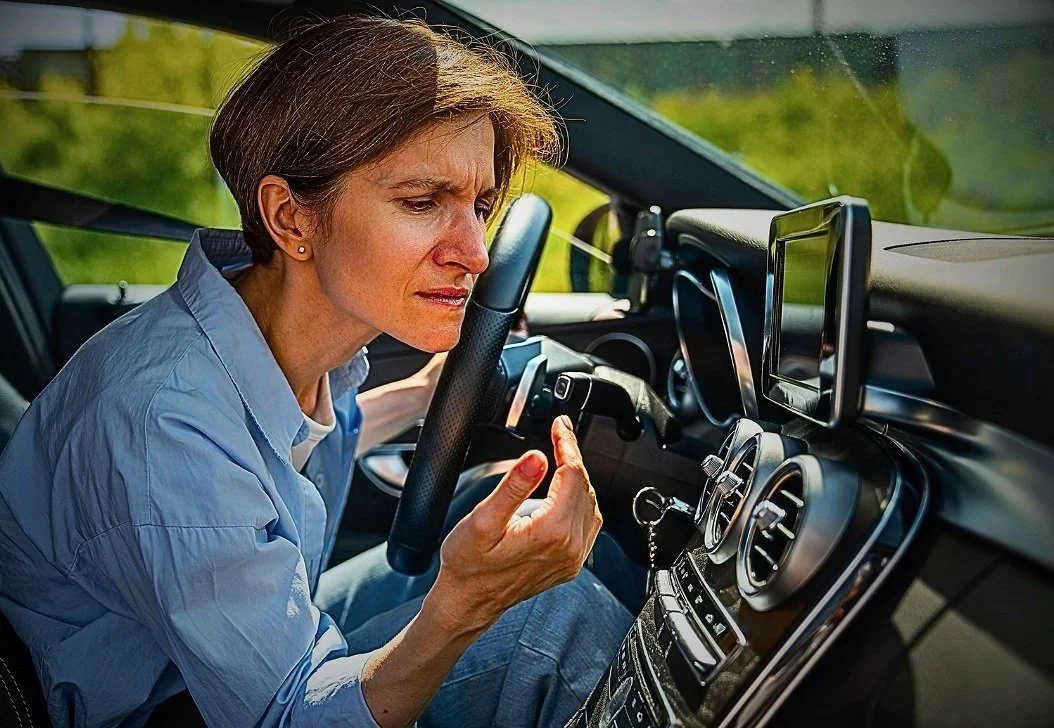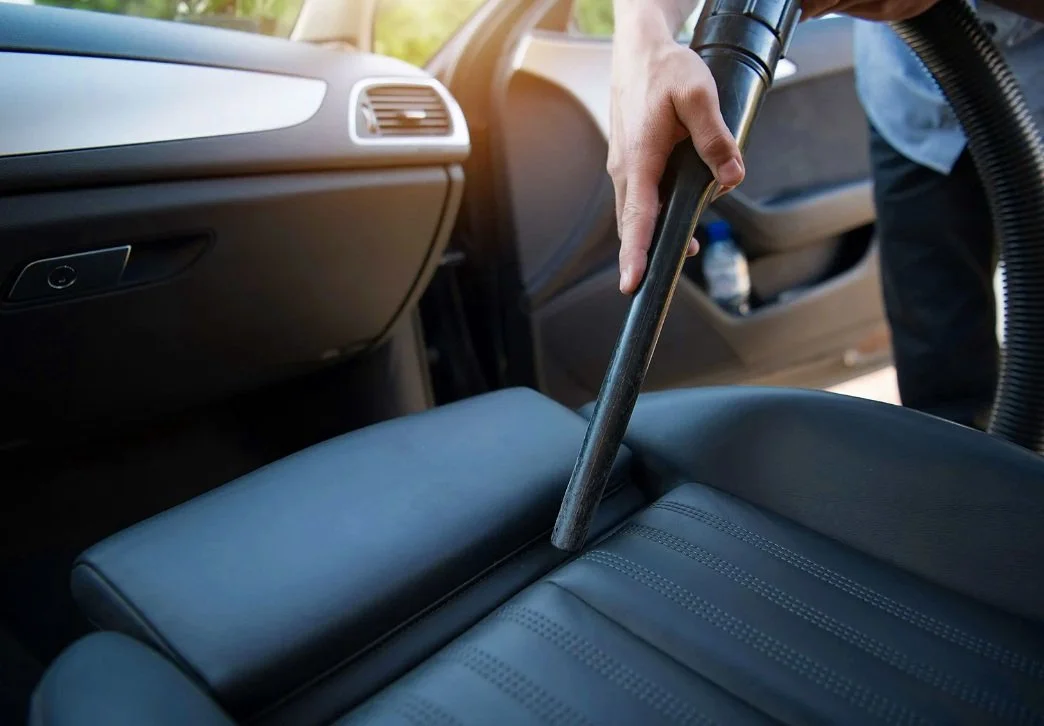How to Get Rid of Mildew in Your Car: A Comprehensive Guide
There’s nothing worse than stepping into your car and being greeted by a musty, damp smell that seems to linger no matter what you do. That unpleasant odor is likely a sign of mildew, a type of fungus that thrives in damp, humid environments. Cars, especially those that are parked outdoors or exposed to rain, can easily become breeding grounds for mildew, particularly in areas that are prone to moisture buildup, such as the carpets, upholstery, or air vents.
The good news is that getting rid of mildew in your car is possible with the right tools and techniques. In this blog post, we’ll walk you through how to identify mildew, the causes behind it, and, most importantly, how to eliminate it effectively to restore a fresh and clean car interior.
What is Mildew and Why Does it Grow in Your Car?
Mildew is a type of fungus that thrives in warm, humid environments. Unlike mold, which can grow in patches and cause significant damage to surfaces, mildew often appears as a powdery, white or grayish substance. It can grow on fabric, leather, vinyl, carpet, and even within the air vents of your car.
Mildew typically grows in the following conditions:
High Humidity: Cars that are exposed to moisture, such as from rain, snow, or humidity, create the perfect environment for mildew to thrive.
Trapped Moisture: Water that gets trapped in the upholstery, carpets, or other soft materials can lead to mildew growth. This can happen after spilling liquids, a leaking window, or even wet clothing or shoes left in the car.
Poor Ventilation: If your car is often parked in areas without much airflow or if the interior isn't well-ventilated, moisture can build up inside, fostering the growth of mildew.
Now that you understand why mildew might be a problem, let’s dive into how you can get rid of it.
Step-by-Step Guide to Removing Mildew from Your Car
1. Identify the Source of Moisture
The first step in getting rid of mildew is to identify and eliminate the source of moisture. If you leave your windows or sunroof open during rain, or if your car has a leaky seal, you may be inadvertently allowing moisture to get trapped in your car’s interior.
Inspect for Leaks: Check window seals, door seals, and the sunroof for any gaps that may allow water to enter.
Dry Out the Interior: If the car has recently been exposed to heavy rain or damp conditions, it’s essential to dry out the interior as quickly as possible. Open the windows and let the car air out, or use a fan or portable heater to expedite the drying process.
BONUS TIP: Use an ozone generator to kill spores before you start scrubbing and vacuuming. If you do not possess or have access to an ozone generator, use a face mask or respirator to protect yourself from inhaling live mildew spores.
2. Vacuum the Affected Areas
Before tackling the mildew itself, it’s important to clean up the areas where mildew is present. This prevents spores from spreading further when you begin scrubbing.
Vacuum the Upholstery and Carpet: Use a vacuum with a brush attachment to loosen any visible mildew and debris from your car’s upholstery, carpets, and floor mats. Pay special attention to areas under seats and in hard-to-reach places.
Remove Floor Mats: Take the floor mats out of the car, shake them off, and vacuum them separately. If they’re particularly affected by mildew, consider cleaning or replacing them.
3. Clean with a Mild Cleaner
Once the surface debris is cleared, it’s time to tackle the mildew itself. You can use a variety of cleaning solutions, but here are a few options:
Vinegar Solution: White vinegar is an effective natural cleaner that can kill mildew and neutralize odors. Mix equal parts white vinegar and water in a spray bottle. Lightly mist the affected areas with the solution, but be careful not to oversaturate the fabric.
Baking Soda: For stubborn mildew, sprinkle baking soda directly onto the affected areas. Baking soda works well to absorb moisture and odors while also scrubbing away mildew. Let it sit for 15–20 minutes before vacuuming it up.
Commercial Mildew Cleaner: There are also specialized mildew removers available at automotive stores. Look for a product that’s designed for car interiors and follow the manufacturer’s instructions carefully.
4. Scrub the Affected Areas
Now that the mildew cleaner is applied, it’s time to scrub. Use a soft-bristled brush to gently scrub the areas where mildew is present. This helps to lift the mildew from the fibers and break it up. Be sure to use a light hand to avoid damaging your car’s upholstery or carpeting.
For Seats and Upholstery: If your car seats are made of fabric, scrub gently with a soft brush. For leather seats, you can use a specific leather cleaner or a mixture of soap and water, but avoid soaking them.
For Carpets and Floor Mats: For carpets, use the soft-bristled brush or even a microfiber cloth to blot away mildew. If the carpet is severely mildewed, you may need to shampoo the carpet with a mild detergent and warm water.
5. Dry the Interior Thoroughly
After cleaning, it’s crucial to dry out the interior of your car as quickly as possible to prevent mildew from returning.
Use a Wet-Dry Vacuum: A wet-dry vacuum can help extract moisture from the carpet and upholstery. This will help speed up the drying process.
Open the Windows: Leave the windows open for several hours or even overnight to allow air to circulate through the car.
Use a Dehumidifier or Fan: If possible, place a portable dehumidifier inside the car or use a fan to circulate air and dry out the interior.
6. Prevent Future Mildew Growth
Once you’ve successfully removed the mildew, it’s time to take preventative measures to ensure it doesn’t return. Here are a few tips to help keep mildew at bay:
Keep Your Car Dry: Always dry off wet items before bringing them into the car. If you’ve had a spill or wet clothing in the car, try to dry it out as soon as possible.
Use a Car Dehumidifier: These small, rechargeable dehumidifiers are great at absorbing moisture from the air inside your car.
Ensure Proper Ventilation: Park your car in a well-ventilated area, and try to keep the windows cracked open when possible to improve airflow.
Regularly Clean Your Car’s Interior: Regularly vacuuming and wiping down surfaces will help reduce the build-up of moisture and dirt that can contribute to mildew.
Conclusion
Mildew in your car is more than just a smelly nuisance—it can also cause damage to your upholstery and carpeting over time. However, with the right cleaning techniques and a little elbow grease, you can easily remove mildew and restore your car to a fresh, clean state. Start by identifying the source of moisture, vacuuming the affected areas, and using a mild cleaner like vinegar or a commercial mildew remover. Finally, make sure to dry out the interior thoroughly to prevent future growth.
With these steps, you’ll not only eliminate the mildew but also keep your car smelling fresh and looking its best for the long term.




